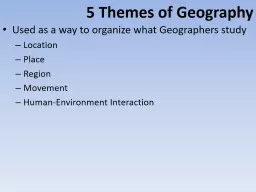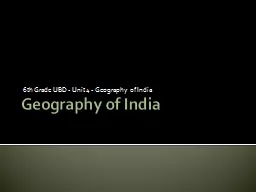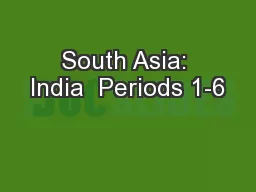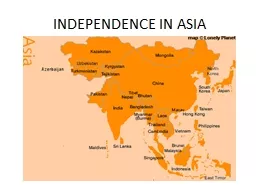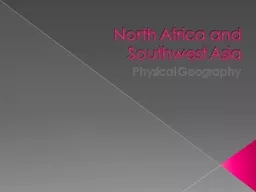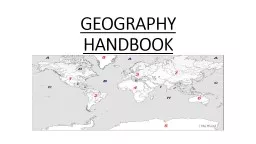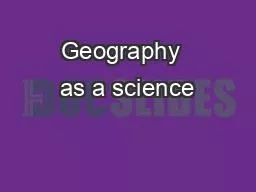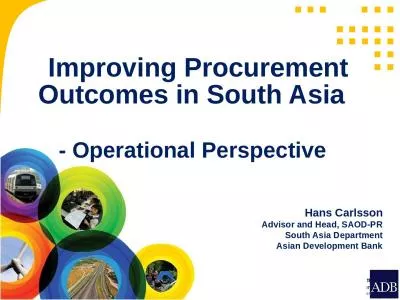PPT-Geography of South Asia Physical
Author : danika-pritchard | Published Date : 2020-04-03
The Indian Subcontinent India Pakistan Bangladesh Bhutan Nepal Sri Lankaamp the Maldives Subcontinent large landmass thats smaller than a continent called Indian
Presentation Embed Code
Download Presentation
Download Presentation The PPT/PDF document " Geography of South Asia Physical" is the property of its rightful owner. Permission is granted to download and print the materials on this website for personal, non-commercial use only, and to display it on your personal computer provided you do not modify the materials and that you retain all copyright notices contained in the materials. By downloading content from our website, you accept the terms of this agreement.
Geography of South Asia Physical: Transcript
Download Rules Of Document
" Geography of South Asia Physical"The content belongs to its owner. You may download and print it for personal use, without modification, and keep all copyright notices. By downloading, you agree to these terms.
Related Documents

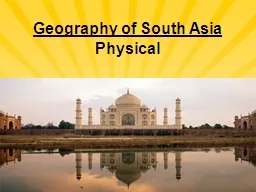
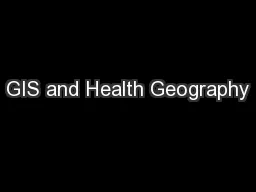
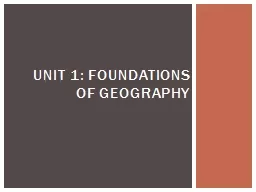
![Geography Antarctica The Journey to the South Pole [Date]](https://thumbs.docslides.com/637294/geography-antarctica-the-journey-to-the-south-pole-date.jpg)
